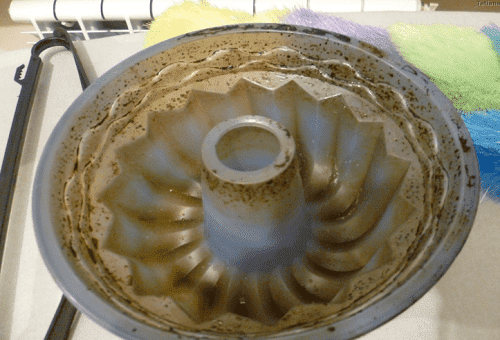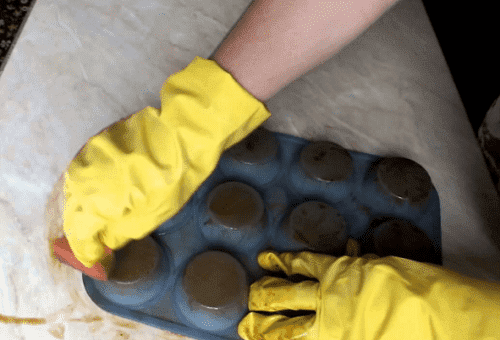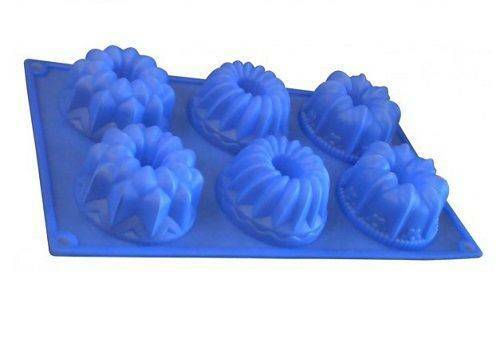With the advent of special silicone molds, the baking process has become much easier and more pleasant. However, if you do not know how to wash the silicone mold after use, you can quickly ruin the product or adversely affect the taste of the dishes. Even before acquiring practical adaptations, it is worth familiarizing yourself with the basic rules of material care. Despite the fact that this raw material perfectly tolerates high temperatures and seems completely immune to external influences, there are a number of limitations when working with forms that can not be forgotten.

Features of the use of silicone molds
Soft and elastic objects for baking are easily removed from the finished product, the dough does not stick to them, the dirt easily leaves under the influence of warm water. But these characteristics will remain relevant only as long as household appliances are provided with appropriate care.

To avoid traces of burnt oil from the surface that has become porous and uncompromising, always observe the following rules:
- Before using the product, it is necessary to wash it in warm water with detergent and dry it. After this form, wipe dry and grease with a thin layer of vegetable oil. With further use, you do not need to lubricate the inside of the products! If you ignore this rule, the material will gradually become covered by a blister from the burnt oil.
- No caustic cleaning agents. They can lead to the melting of raw materials and damage to products. In subsequent use such forms will spoil the taste of baking and its appearance.
- Silicone actively attracts static electricity, so it quickly becomes dusty even when stored in covers. Before each use of the forms, they should be washed with warm water and dried.
- To thoroughly clean the product, it is necessary to treat it from the outside, turn it out and process it again. Only this way it will be possible to clean the leftovers from all the nooks.
- You can wash silicone only after it has completely cooled down. To delay cleaning is highly undesirable. The longer the traces of berries, fruits, sugar and oil remain on the product, the higher the probability that they will be fixed there very reliably and create problems with cleaning.

If you follow these rules, the silicone molds will not have to be cleaned regularly from grease, plaque or specific brown spots. The products will not be given with specific rubber notes or burnt oil.
Cleaning agents for silicone molds
If, as a result of improper use of the products, they become heavily soiled, after removing the baking, you can try to solve the problem in one of the following ways:
- First, we drip a detergent onto the sponge and begin to treat the contaminated surface. The more water and foam, the better. If the thick plaque does not want to retreat, then soak the molds in the foam detergent solution for several minutes and repeat the manipulation.
- If ingredients with a pungent odor were used during baking, a weak vinegar solution may be used to remove it. We soak the devices in the prepared liquid, my traditional way and dry it.

Tip: For the preparation of berry desserts, it is better to immediately purchase forms of dark silicone. Traces of berry juice quickly penetrate into the porous texture of the material and it is almost impossible to clean it. On the other hand, if they do not bring any inconveniences, you can continue to use the devices, the traces of the juice will become lighter with time.
- Melted or burnt drops from dough, fat or sauce should be rubbed with a soft damp cloth with a small amount of baking soda. Other abrasives, especially acidic nature, are best avoided, they can disrupt the integrity of the silicone coating.
It is strictly forbidden to remove stains from the surface of the mold with nails, knives and other sharp objects. Do not use wire wool and dense sides of household sponges.

Professional pastes, abrasives and solvents are also prohibited. Do not experiment with drugs designed to clean the oven, stove or sink. They not only harm the quality of the molds and affect the taste of the dishes produced, but can also cause food poisoning.
If the stains are so ingrained in the surface of the material that too much interfere with the cooking process, it is better to purchase new devices and to ensure that they have the proper care.


